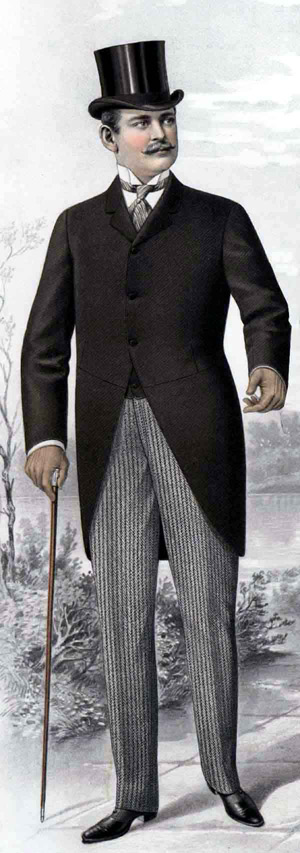Be a companion for Me in the Sacrament of My Love,
the Sacrament of My Divine Companionship for every human wayfarer
in this valley of tears.
I remain unknown.
I am left alone.
Even those who claim to profess
the mystery of My Real Presence
in the Sacrament of the Altar
forsake Me.
I am treated with a terrible indifference,
with coldness,
and with a lack of respect
that causes the Angels to weep
because they cannot offer me reparation
for the coldness and indifference of human hearts.
Only men can make reparation for men.
What is lacking is the loving response of a human heart
to My Eucharistic Heart,
pierced, alive, and beating in the Sacrament of the Altar.
Only a human heart can make reparation for a human heart.
Alter Christus.
For this reason the Angels are sorrowful.
The adoration and the praise they offer Me is Angelic.
It is the expression of the perfections I have placed
in their Angelic nature.
Without ever dying, they immolate themselves before Me,
in the Tabernacles where I dwell on Earth,
by lowering themselves in the most humble Adoration
and by placing all their Angelic perfections
--their beauty, their strength, their intelligence--
beneath My feet.
The Angels are like living flames
who burn in My Eucharistic presence
without ever being consumed.
Saint Joseph with Jesus.
For all of this, My Angels cannot replace
a single human heart in My presence.
What I look for from men,
what I wait for, above all, from My Priests,
My Angels cannot give Me.
And so I turned to Saint John to comfort Me;
to love when the love of others grew cold;
to hope in Me when the trust of others was shaken;
to remain faithful to Me when the faith of others was put to the test.
John was, among The Apostles, My loving friend,
My Adorer, the one who understood the mystery of reparation to My Heart.
John made reparation for Peter's denial of Me,
not by standing in judgment over Peter,
whom he honoured and loved as a father,
but by weeping with Peter,
and by offering himself in reparation for Peter's fall.
The Charge to Saint Peter from Jesus Christ.
Again, it was John who offered Me faithful love
in exchange for Judas' faithless betrayal.
He made reparation to My Heart that suffered so grievously
when Judas walked out of The Cenacle into the night.
In that moment, John gave Me all the love of his heart,
begging Me to accept it
in reparation for Judas' cold and calculated plot against Me.
The Flagellation of Christ.
Artist: William Bouguereau.
1880.
Be another Saint John for My Heart.
Offer Me reparation by offering Me yourself
in the place of those who flee from before My Eucharistic Face;
in the place of those who cannot bear to remain
in My presence, close to My Heart;
in the place of those Priests of Mine
who have time for all else save for Me.
Christ Blessing The Children.
Artist: Nicholaes Maes (1634-1693).
Give Me your companionship,
give Me your confidence,
give Me your grateful affection.
Let nothing keep you from carrying out this design of Mine.
One who makes reparation for My Priests
will discover on The Last Day
that his own sins, though they be many,
will be covered over by a single act of reparation,
for reparation is the exercise of love,
and love covers a multitude of sins.
The Betrayal of Christ.
Artist: Francisco Zarillo (1707-1783).
Love Me, and you will fulfill all that I am asking of you.
Love Me, and I will fulfill all that you ask of Me. . . .
I desire a company of Johannine Souls, Priest Adorers and Reparators,
and upon them I will pour out Rivers of Grace
for the renewal of My Priesthood
and the joy of My Spouse, The Church.
English: Christ Falling on the Way to Calvary.
Deutsch: Kreuztragung Christi.
Français: Le Portement de Croix.
Date: Circa 1516.
Current location: Museo del Prado, Madrid, Spain.
(Wikimedia Commons)



































